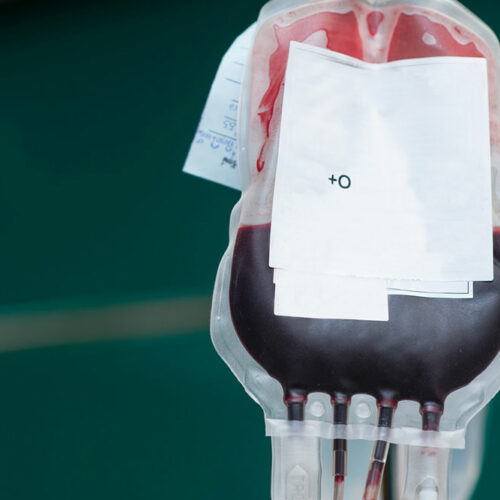Four important steps in anemia management

Hemoglobin is a protein molecule in the red blood cells responsible for carrying oxygen throughout the body. Its richness in iron gives blood its red color. Anemia is a condition where a person has low hemoglobin or red blood cell count. From an underlying disease to nutrient deficiencies, there are a lot of factors that contribute to the onset of this condition. There are many forms of anemia. Some of them include: Iron deficiency anemia -This is caused due to low iron levels in the blood. Most common causes of this type of anemia are heavy menstruation or internal bleeding. Vitamin deficiency anemia – This type of anemia is caused by the deficiency of vitamin C, B-12 or folate Aplastic anemia – Damaged stem cells in the bone marrow fail to produce enough red blood cells, leading to aplastic anemia. Sickle cell anemia – This is a condition characterized by the development of abnormal crescent-shaped red blood cells. Hemolytic anemia – This is a blood disorder caused due to premature death of red blood cells. Thalassemia – This is caused due to low amounts of hemoglobin in the blood. The blood disorders vary in duration and severity. Prompt diagnosis, and treatment are important because anemia could also be due to an underlying condition.






